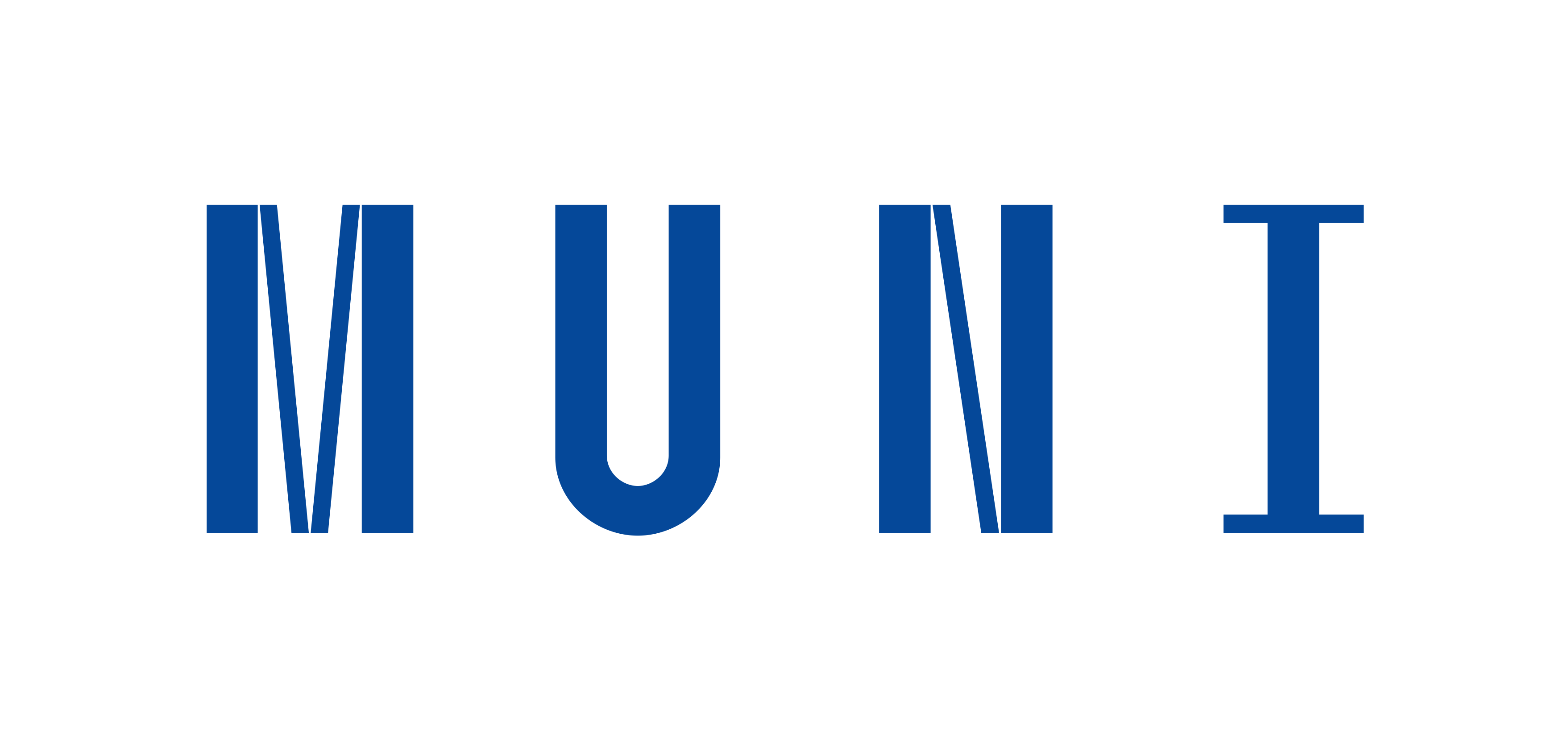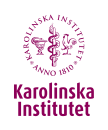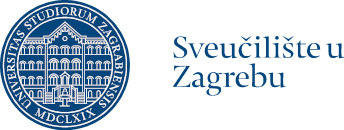Testimonials
| Attachment | Size |
|---|---|
| ReflectionsCB.pdf | 750.42 KB |
| Reflections on Leanbody project AE.pdf | 231.03 KB |
| ReflectionsZG.pdf | 485.84 KB |
| the feedback on the whole project_Racanska.docx.pdf | 211.84 KB |
| Reflections Dora Reglodi.docx | 13.86 KB |
| Reflections on the Erasmus_MJ.pdf | 227.7 KB |






